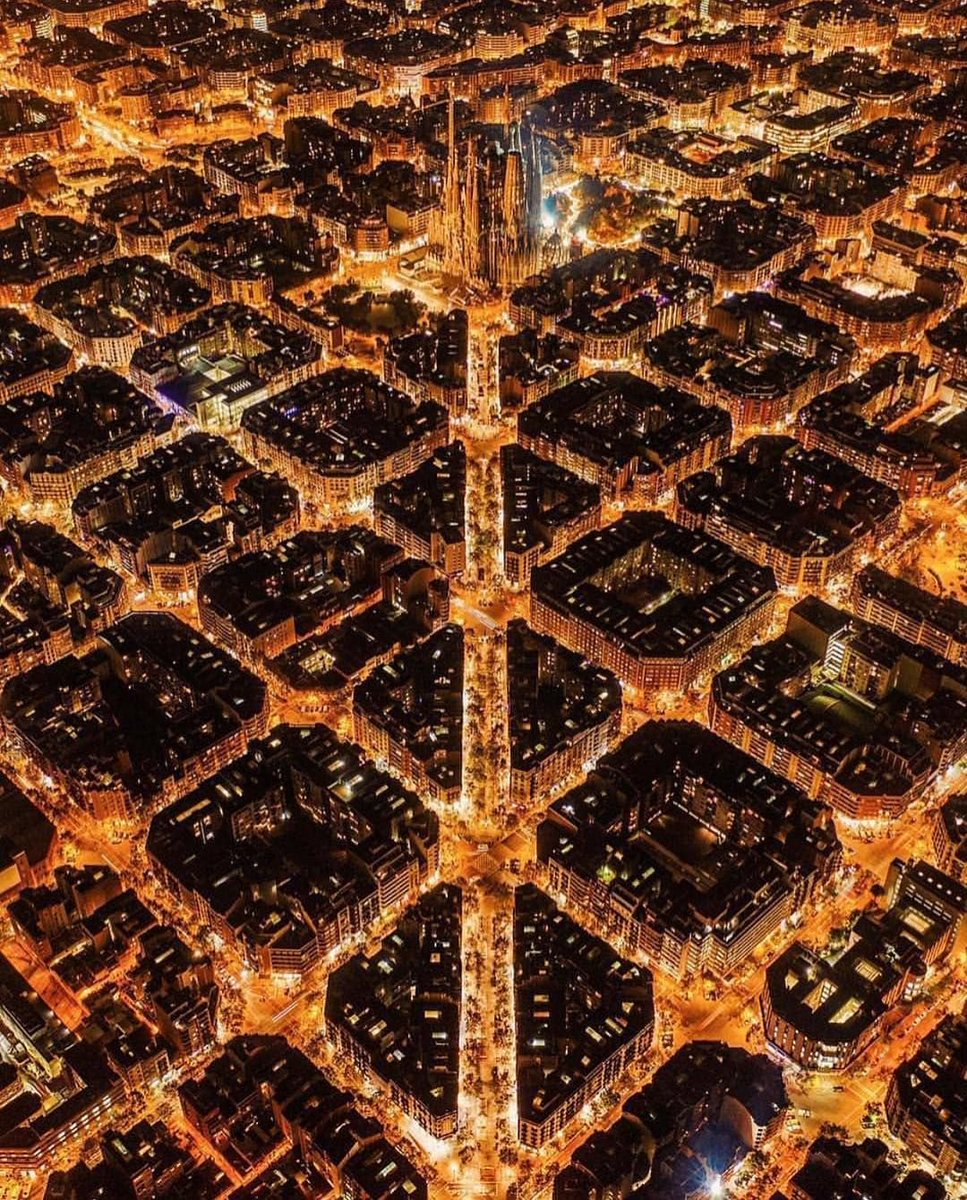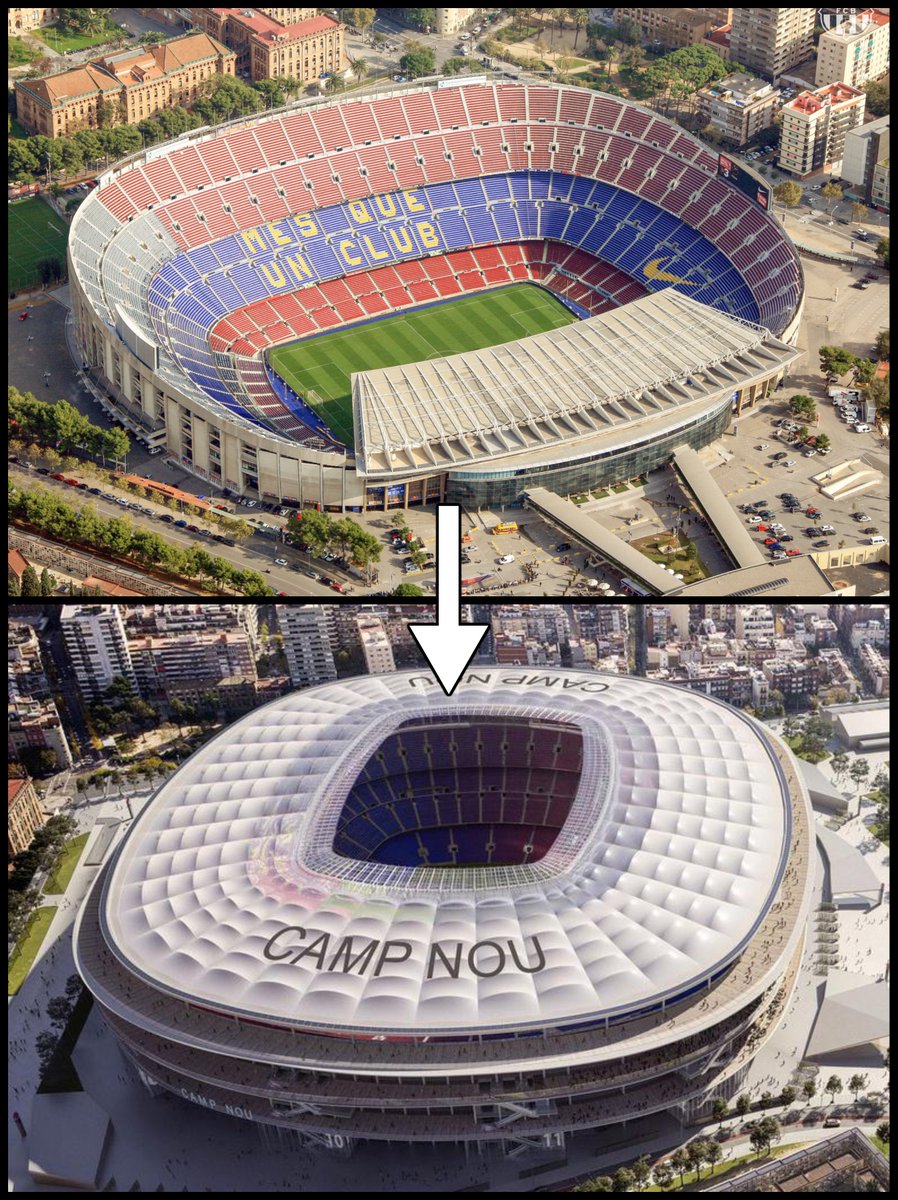The Notre-Dame is France's most famous cathedral, but it isn't the biggest or even the best.
So here are some of France's other (and less well known) Gothic wonders...
So here are some of France's other (and less well known) Gothic wonders...

There's plenty of great Gothic Architecture in Britain, Germany, Belgium, the Netherlands, and other countries.
But France is the true home of the Gothic — just look at Tours Cathedral, say.
And after all, France is where the Gothic first emerged in the 12th century.
But France is the true home of the Gothic — just look at Tours Cathedral, say.
And after all, France is where the Gothic first emerged in the 12th century.
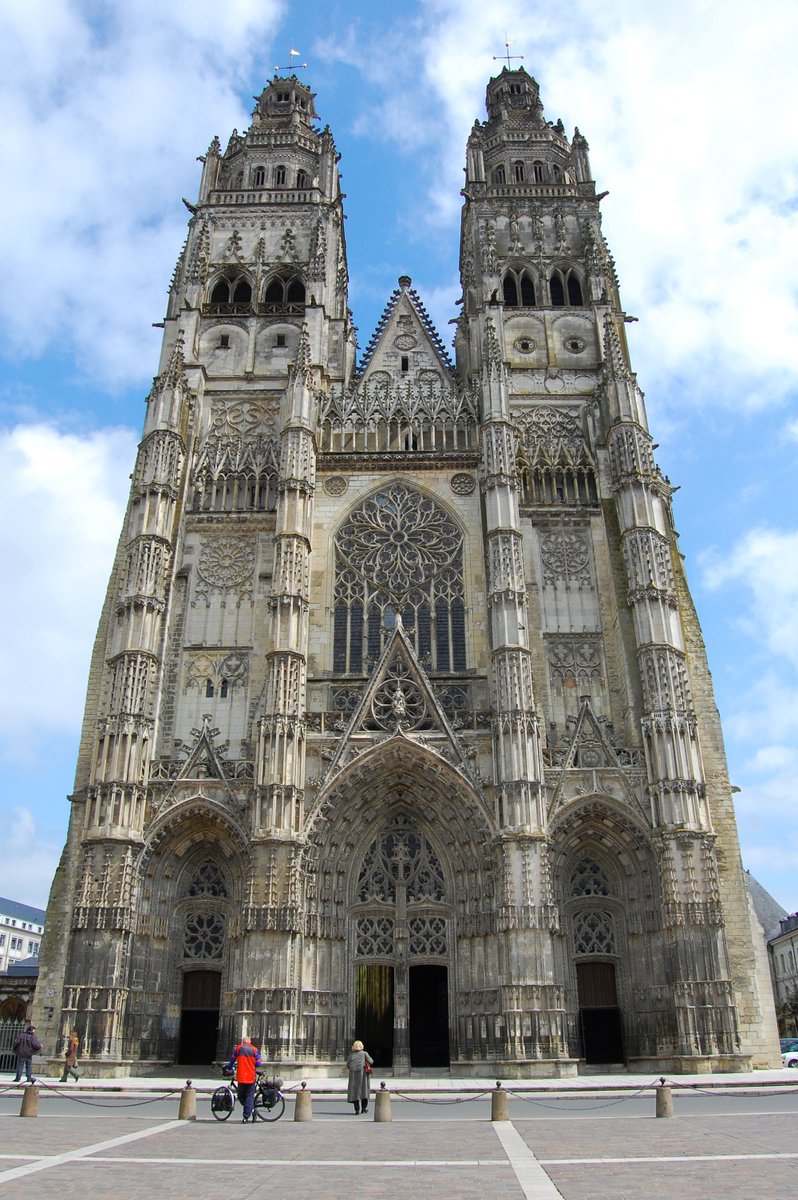
The first major Gothic building was the Basilica of Saint Denis in Paris.
The lower level of arches below, from the 1140s, marks the beginning of Gothic Architecture and the end of Romanesque Architecture, which preceded it.
The lower level of arches below, from the 1140s, marks the beginning of Gothic Architecture and the end of Romanesque Architecture, which preceded it.
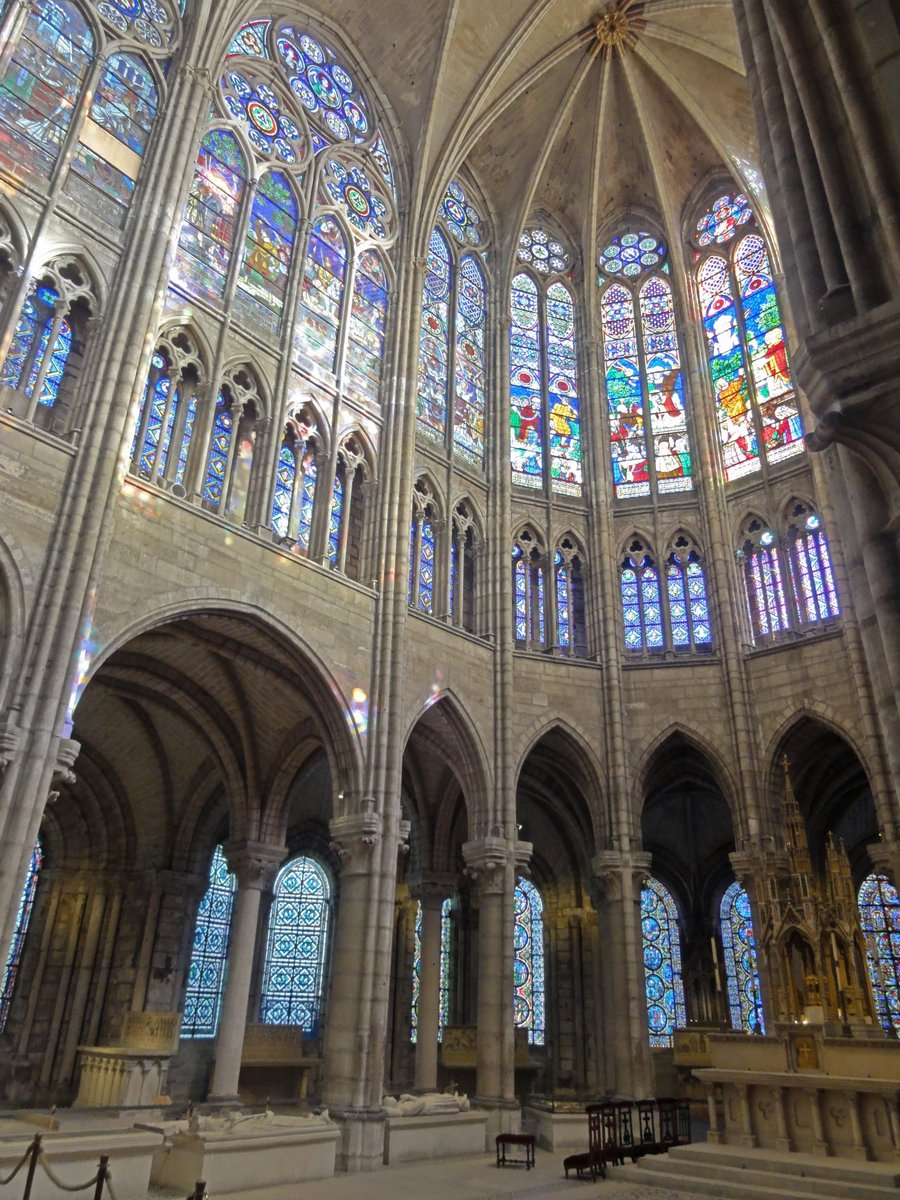
The pointed arch (much stronger than the round arch, which it replaced) allowed for far bigger structures.
Still, Early Gothic cathedrals remained relatively simple.
Like Sens Cathedral, from the 12th century — it looks heavy and robust in comparison with later, lighter styles.
Still, Early Gothic cathedrals remained relatively simple.
Like Sens Cathedral, from the 12th century — it looks heavy and robust in comparison with later, lighter styles.
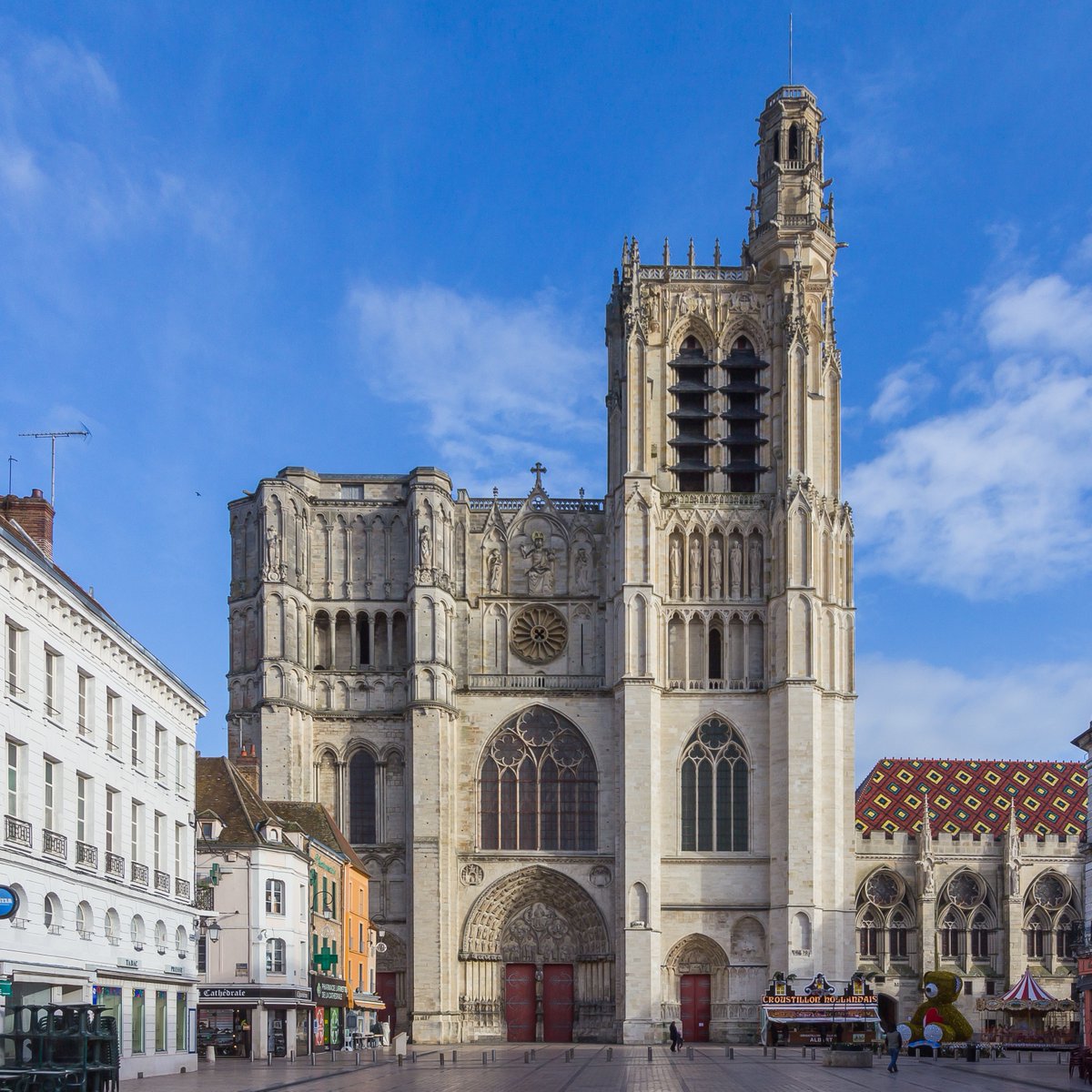
But masons soon mastered the pointed arch — and so French cathedrals exploded in size.
The aim was to create vast internal spaces, filled with light, and soaring towers.
Consider the nave of Coutances Cathedral:
The aim was to create vast internal spaces, filled with light, and soaring towers.
Consider the nave of Coutances Cathedral:
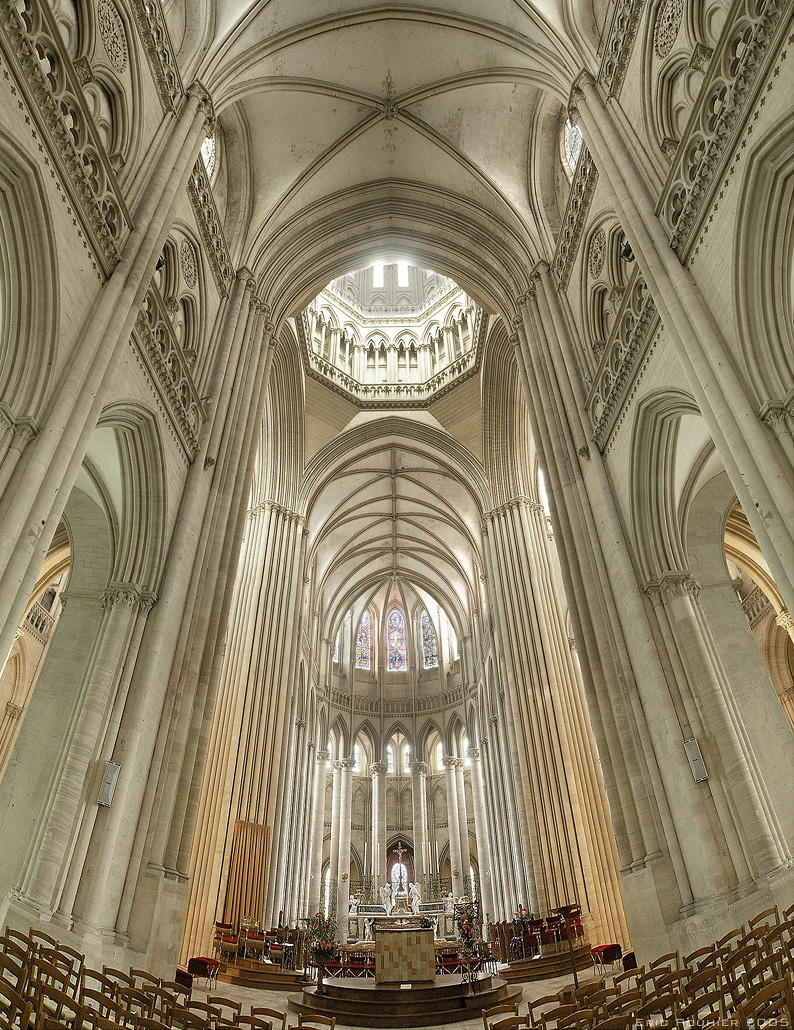
This second phase, usually called the High or Classic Gothic, is epitomised by Chartres Cathedral.
Its front is also a good example of the difference between earlier and later Gothic — the upper left tower (much newer than the rest of the front) is far more complex.
Its front is also a good example of the difference between earlier and later Gothic — the upper left tower (much newer than the rest of the front) is far more complex.

Another wonderful example of High Gothic is Reims Cathedral, built in the 13th and 14th centuries (with some parts finished in the 16th century).
Everything feels more cohesive and complex: the decoration, the sophistication of the stonework, the sense of verticality.
Everything feels more cohesive and complex: the decoration, the sophistication of the stonework, the sense of verticality.

An important development around this time was in vaulting.
More efficient methods of weight distribution (i.e. to support such a huge, heavy stone ceiling) allowed masons to build cathedrals with thinner and taller walls, plus larger spaces between them.
As at Troyes Cathedral:
More efficient methods of weight distribution (i.e. to support such a huge, heavy stone ceiling) allowed masons to build cathedrals with thinner and taller walls, plus larger spaces between them.
As at Troyes Cathedral:

The following (and somewhat overlapping) phase is usually called Rayonnant Gothic; "rayonnant" means radiant in French.
Why so called? Because it was all about making windows as large as possible.
Like the northern rose window at Tours Cathedral:
Why so called? Because it was all about making windows as large as possible.
Like the northern rose window at Tours Cathedral:

The best example of Rayonnant Gothic is surely the Sainte-Chapelle in Paris, from the mid-13th century, which feels more like a church built of stained glass than stone. 
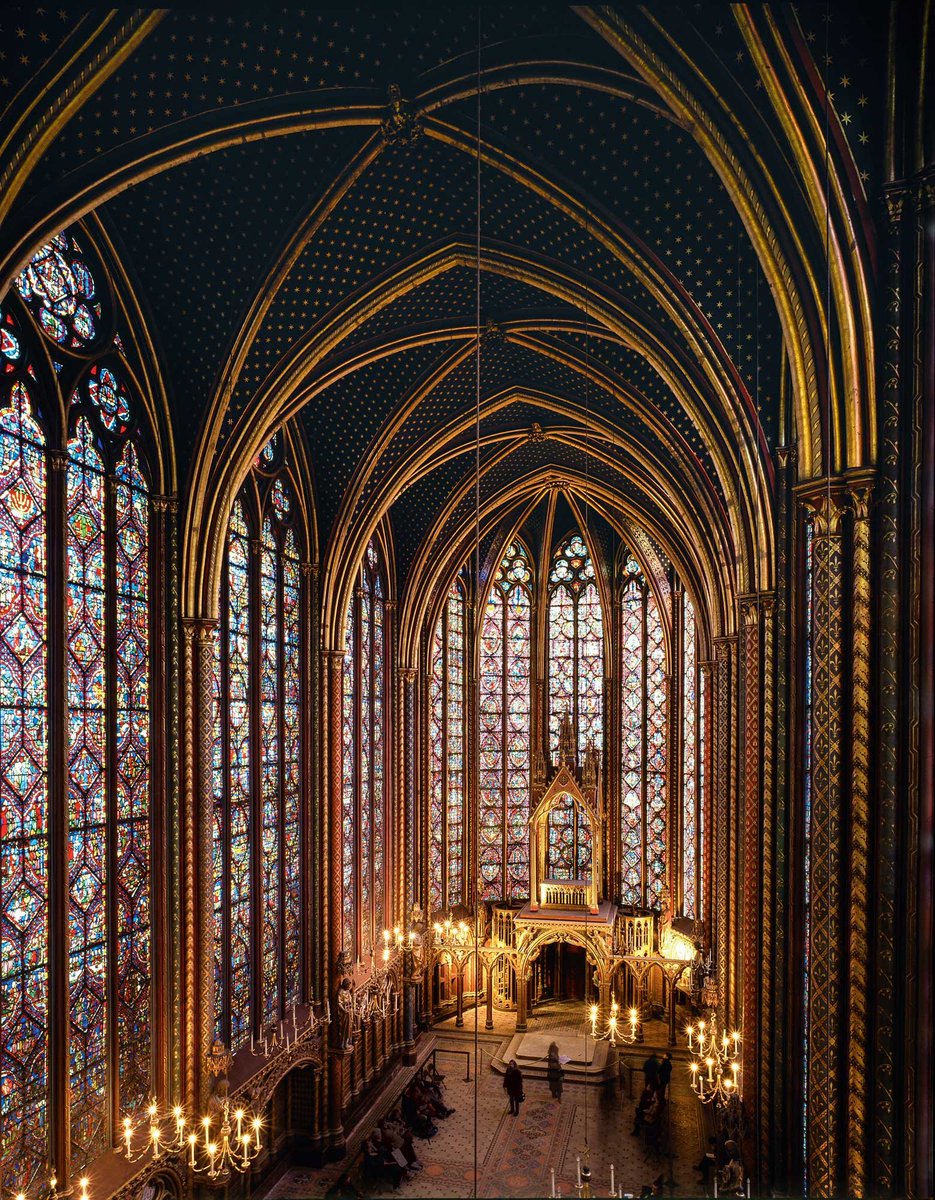
Another crucial innovation was the flying buttress.
What is it? A buttress that stands separate to the wall it supports, connected by an arch.
Flying buttresses are actually stronger than regular buttresses — and look more impressive, too.
As at Bourges Cathedral:
What is it? A buttress that stands separate to the wall it supports, connected by an arch.
Flying buttresses are actually stronger than regular buttresses — and look more impressive, too.
As at Bourges Cathedral:

The other benefit of a flying buttess is that it essentially allows you to turn a wall sideways — thus creating room for huge windows to be filled with stained glass.
This little diagram shows the difference clearly:
This little diagram shows the difference clearly:

And all of this explains why you tend find the apses of French Cathedrals surrounded by a web of flying buttresses — they are the stone scaffolding that makes such large windows and spacious interiors possible.
Le Mans Cathedral is a good example:
Le Mans Cathedral is a good example:

The French had also been obsessed with making the roofs of their cathedrals as tall as possible.
This reached its literal zenith at Beauvais, which has an interior roof height of 48 metres — the highest of any Medieval building.
This reached its literal zenith at Beauvais, which has an interior roof height of 48 metres — the highest of any Medieval building.
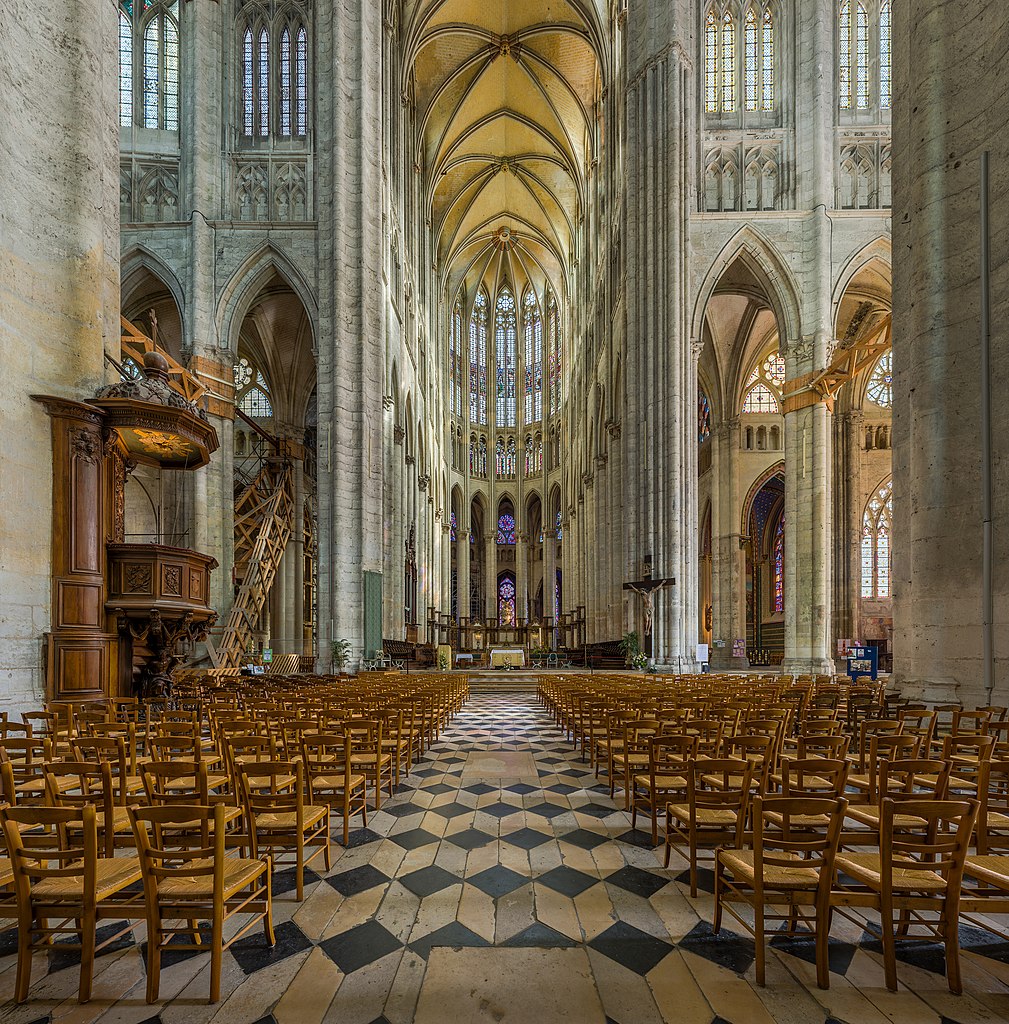
And Beauvais is another wonderful example of the French Gothic fascination with flying buttresses and apses lined with stained glass. 

Although Amiens Cathedral (which has the second-highest nave) is the largest cathedral in France by interior volume — twice that of the Notre Dame de Paris.
Notice how tall and narrow everything is, how tightly clustered together; another typical feature of the French Gothic.
Notice how tall and narrow everything is, how tightly clustered together; another typical feature of the French Gothic.
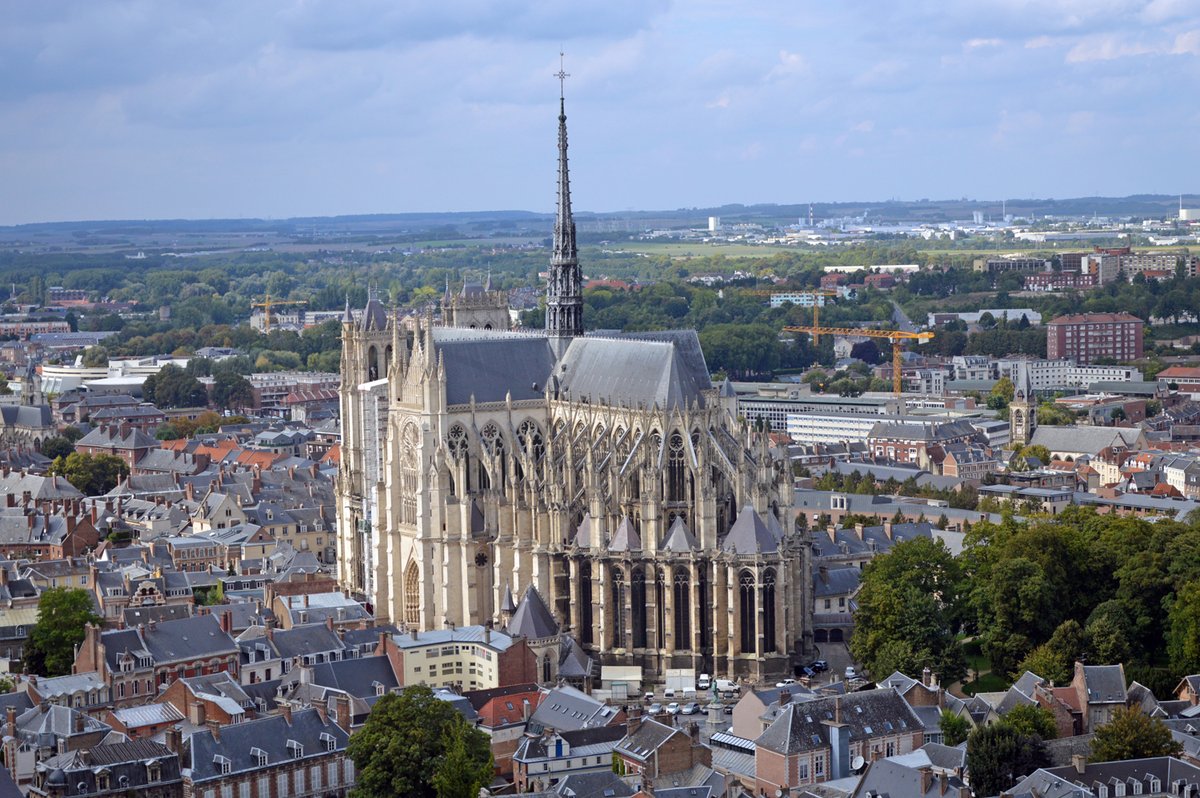
As the centuries wore on the French Gothic became ever more sophisticated, eventually entering a phase known as the Flamboyant Gothic.
Rouen Cathedral represents this final stage well.
You can see, immediately, how much more elaborate everything is.
Rouen Cathedral represents this final stage well.
You can see, immediately, how much more elaborate everything is.
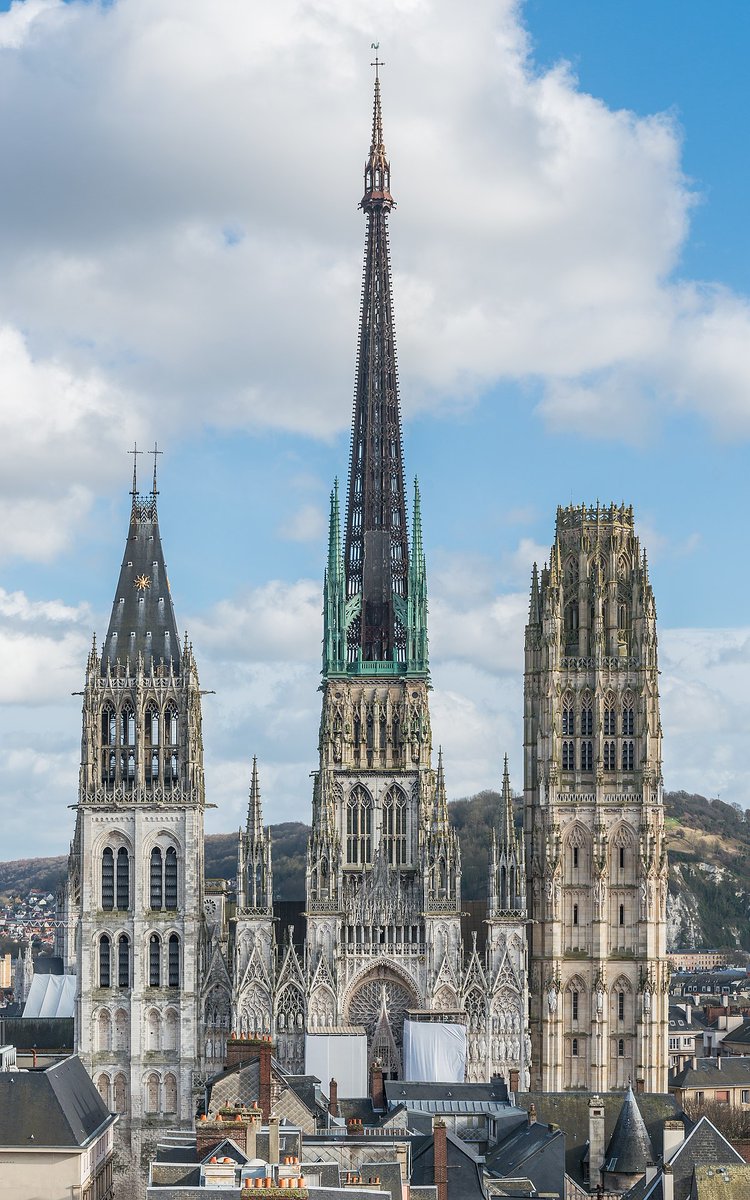
Its name comes from the French for "flame", in reference to a common shape in its decoration.
In the Flamboyant Gothic there are hardly any solid surfaces; everything is perforated and flowing.
The Church of Saint Maclou is a perfect example of this style.
In the Flamboyant Gothic there are hardly any solid surfaces; everything is perforated and flowing.
The Church of Saint Maclou is a perfect example of this style.
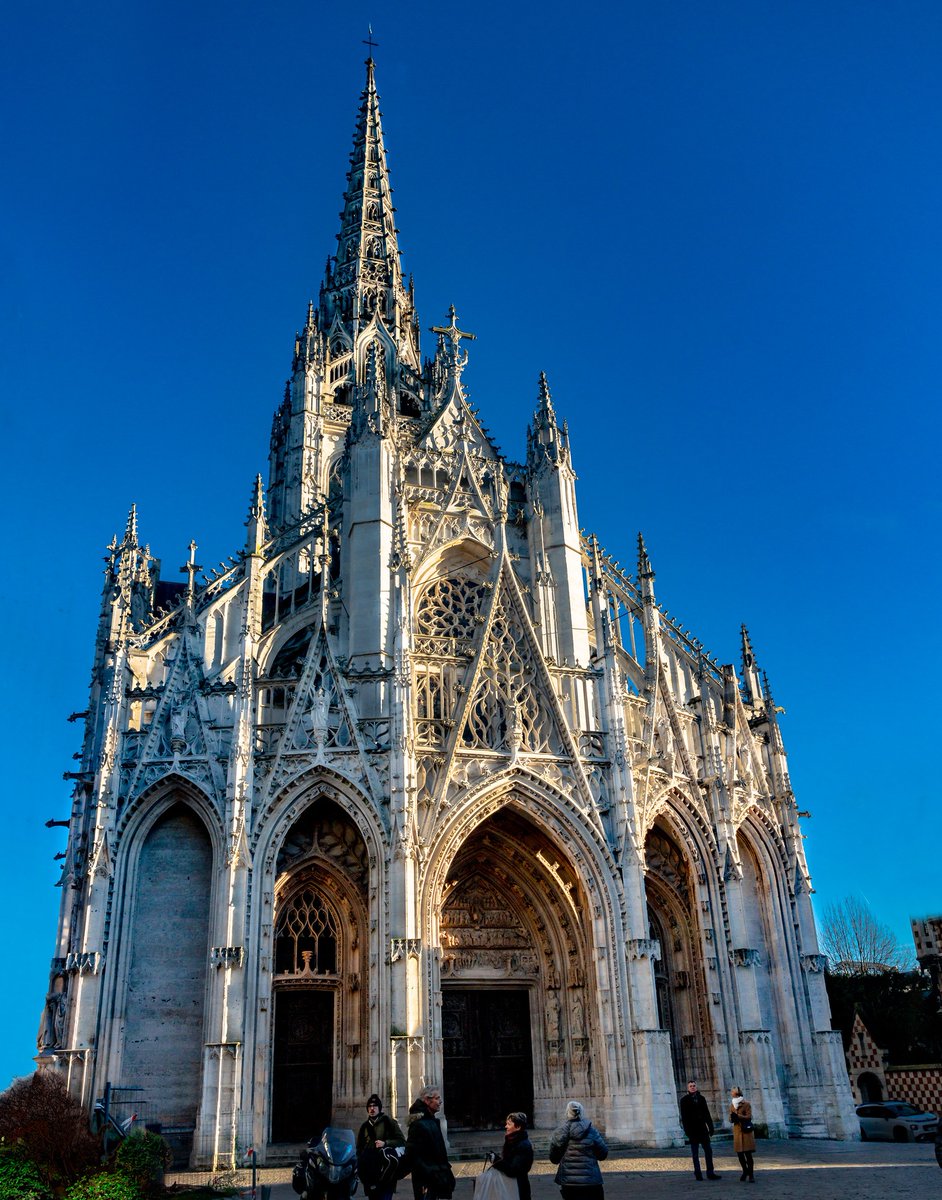
Of course, it's worth remembering that most cathedrals (in France and elsewhere) were rebuilt, expanded, damaged, restored, and modified countless times down the centuries.
Every cathedral is basically a palimpsest, physically embodying the ideas and styles of different eras.
Every cathedral is basically a palimpsest, physically embodying the ideas and styles of different eras.
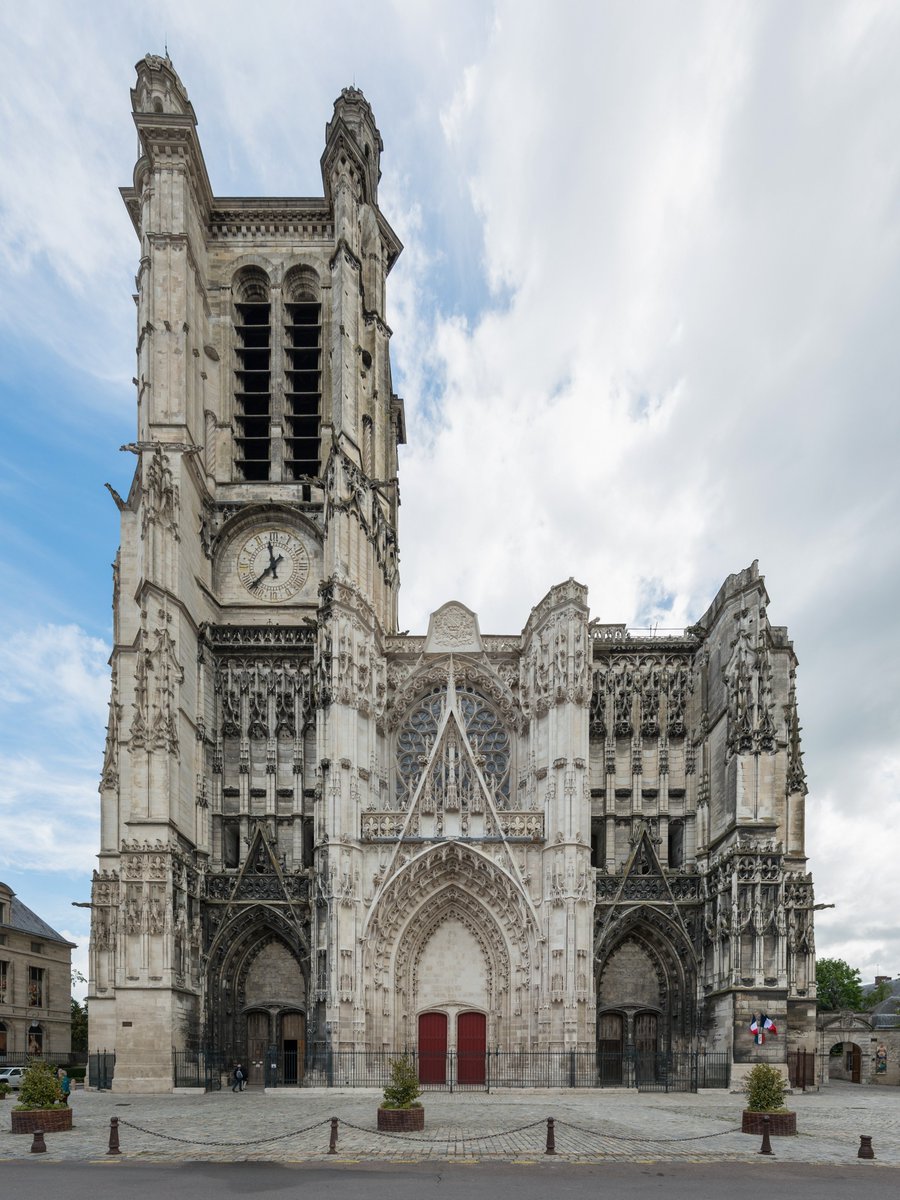
Even the Notre Dame represents the work of twenty generations — its most recent restoration was not the first.
The famous spire which burned down in 2019 and has since been rebuilt was only added in the 1850s; the original Medieval spire had been removed a century before.
The famous spire which burned down in 2019 and has since been rebuilt was only added in the 1850s; the original Medieval spire had been removed a century before.
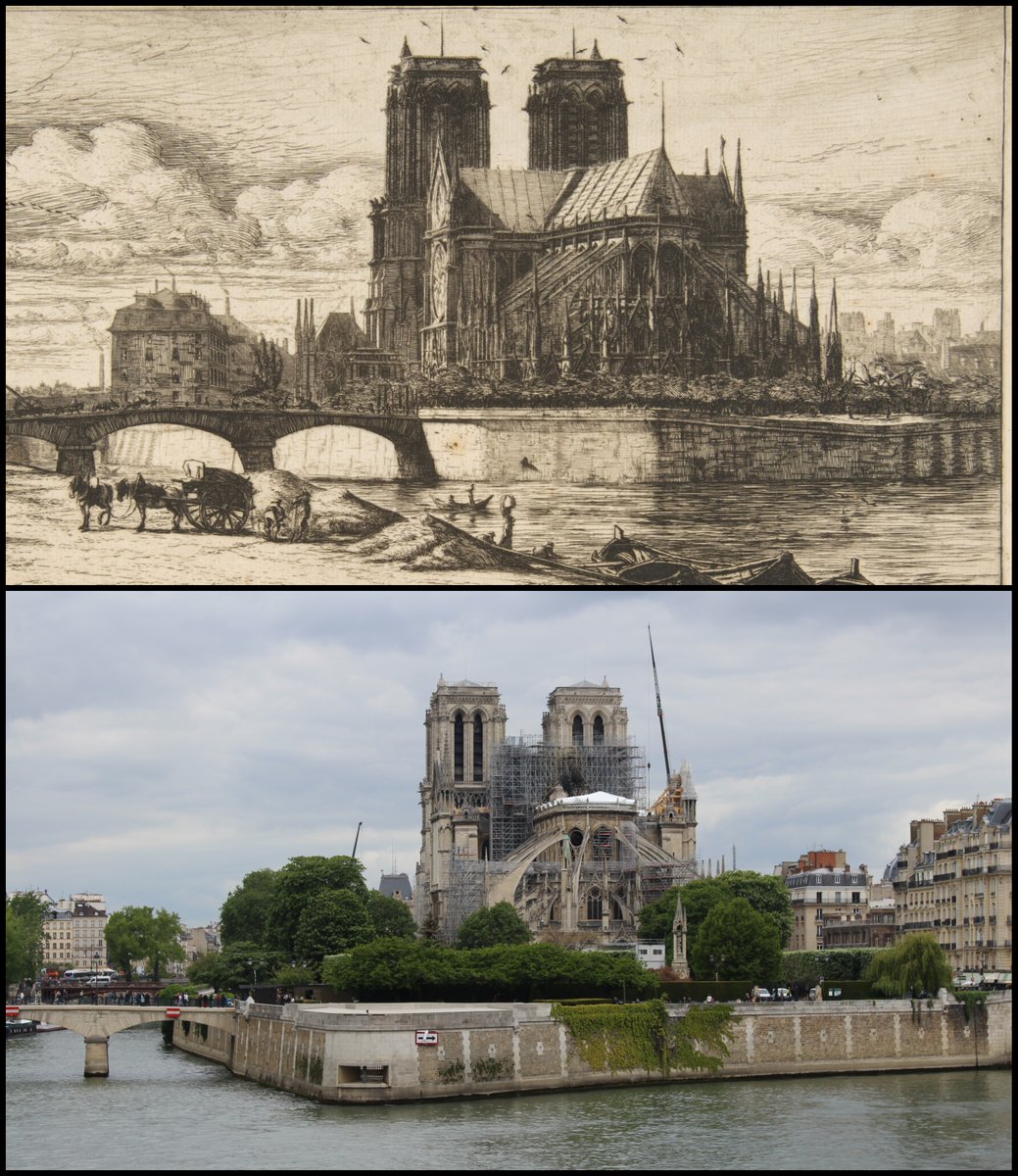
Some of France's other remarkable cathedrals include that of Albi, which was — unlike most of France's great churches, made of stone — built with bricks.
This, in combination with the peculiarities of Southern French Gothic, resulted in an entirely unique cathedral.
This, in combination with the peculiarities of Southern French Gothic, resulted in an entirely unique cathedral.
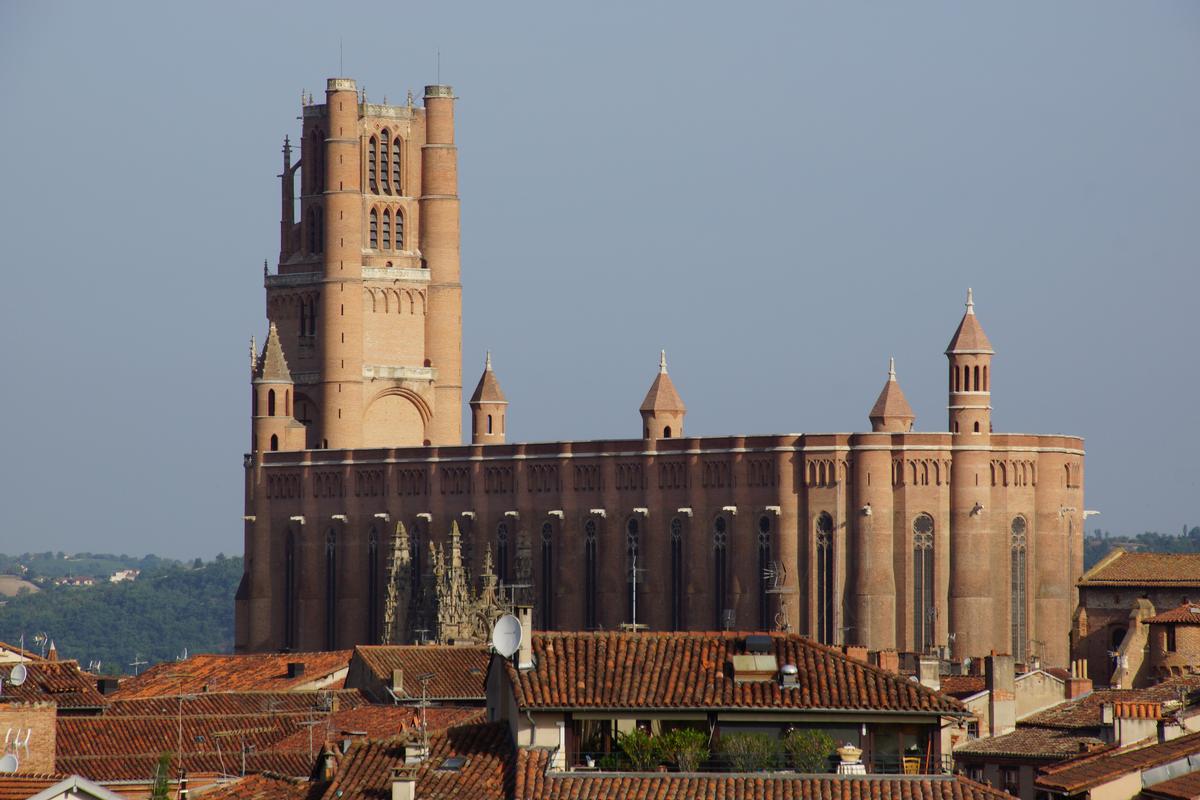
Then there's something like Orléans Cathedral, originally built during the Middle Ages but partly destroyed during the Wars of Religion and then rebuilt in the 17th and 18th centuries in a curious and highly unusual Neo-Gothic style.
Its towers, in particular, are bizarre.
Its towers, in particular, are bizarre.

Or even the Basilica of Notre-Dame de Fourvière in Lyon, built in the late 19th century in a lavish Neo-Byzantine style. 
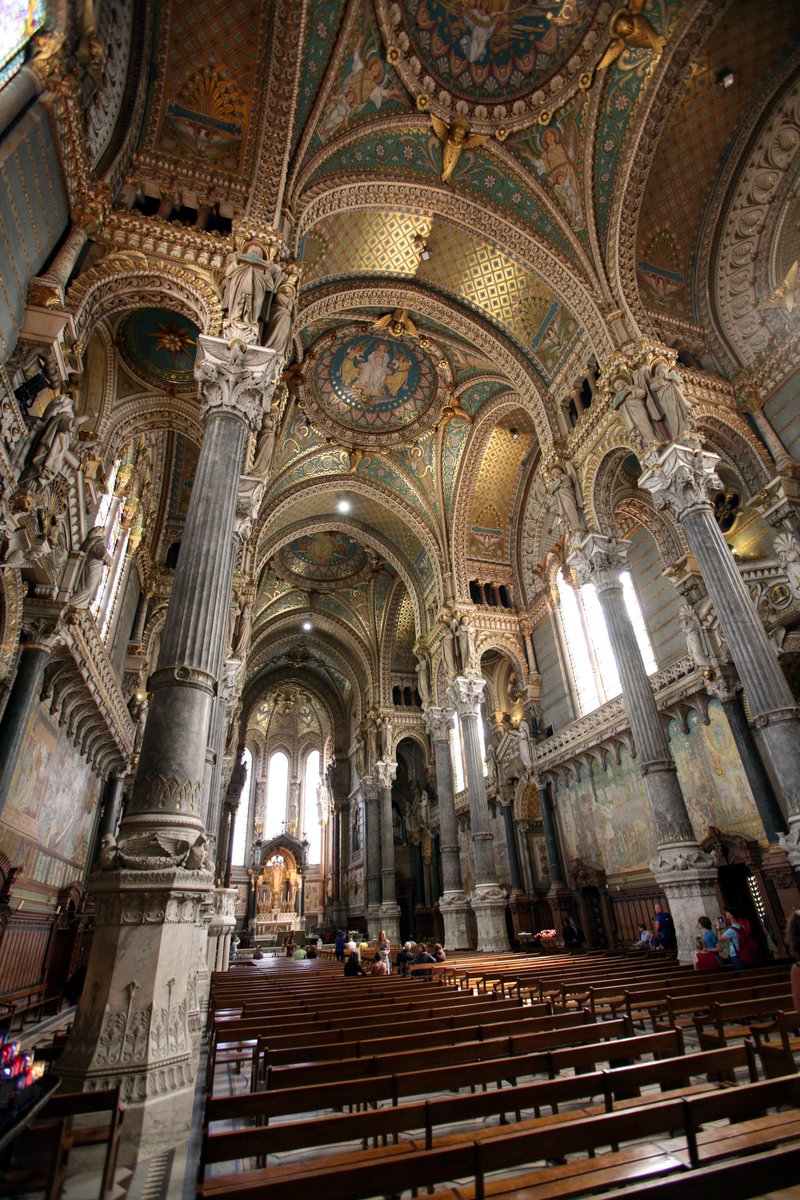
Anyway, these are just a few of France's great cathedrals, Gothic or otherwise, many of which are larger or at least more impressive than the Notre Dame de Paris.
And we end where we began — with Strasbourg Cathedral, which at 141 metres is the tallest in France.
And we end where we began — with Strasbourg Cathedral, which at 141 metres is the tallest in France.
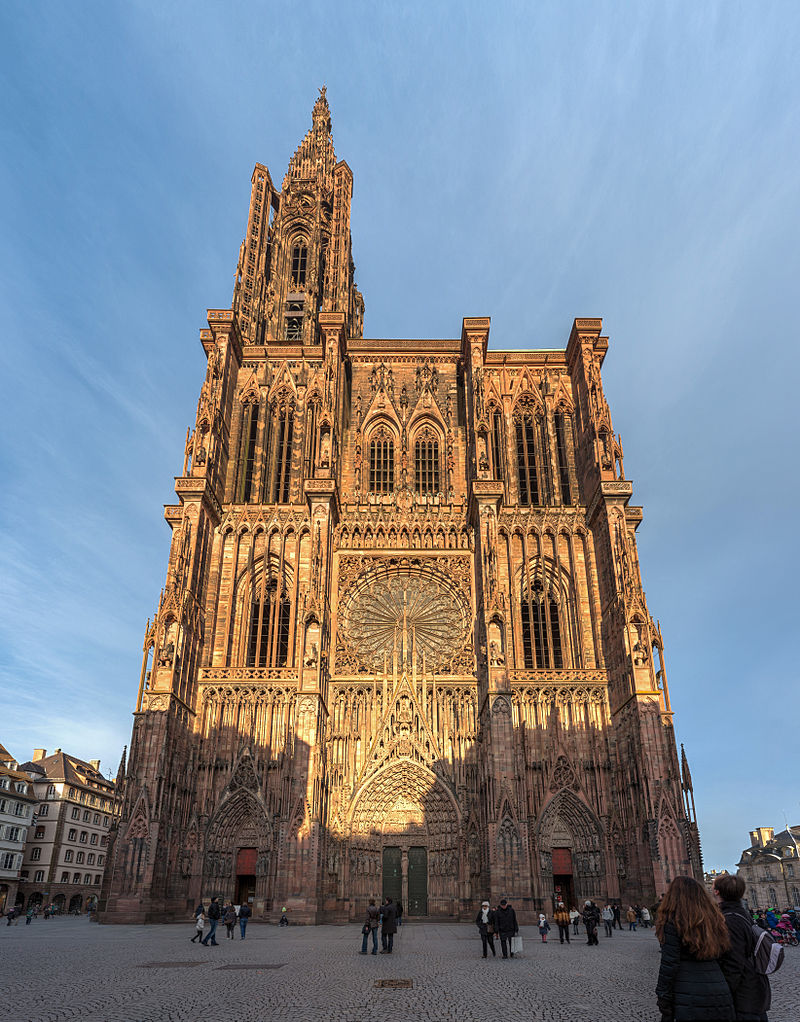
• • •
Missing some Tweet in this thread? You can try to
force a refresh



